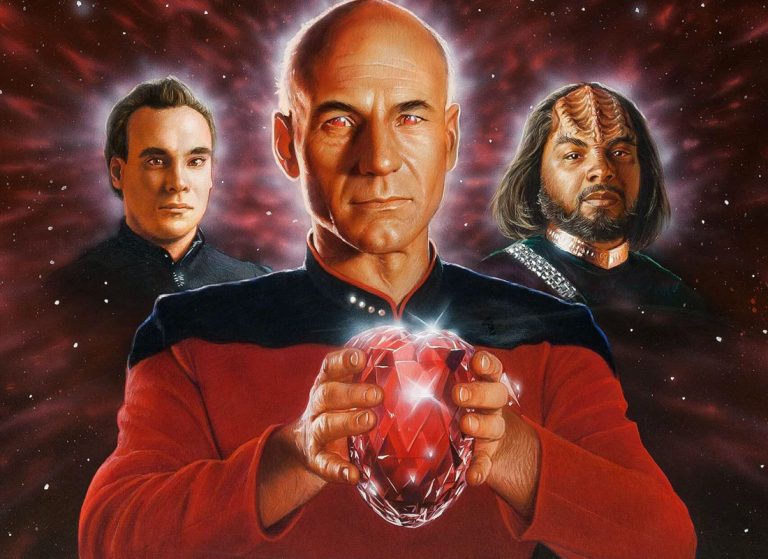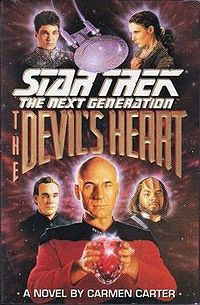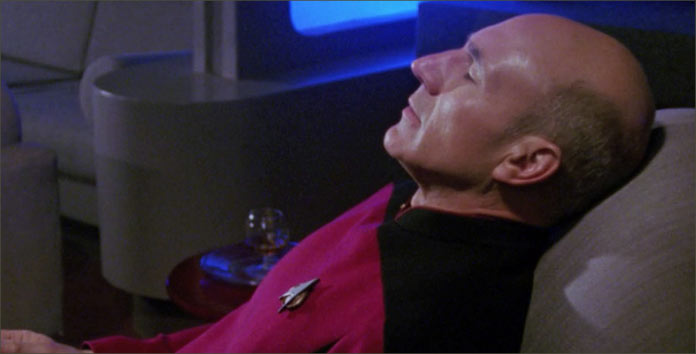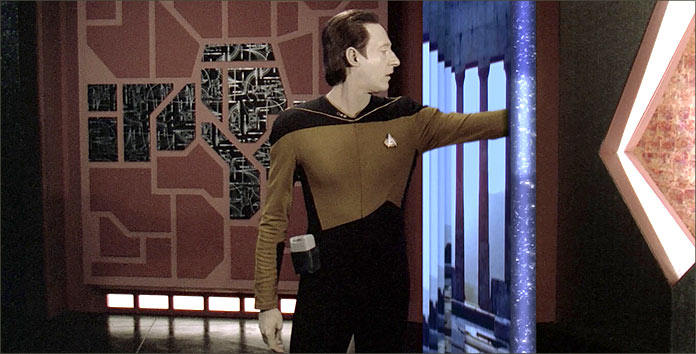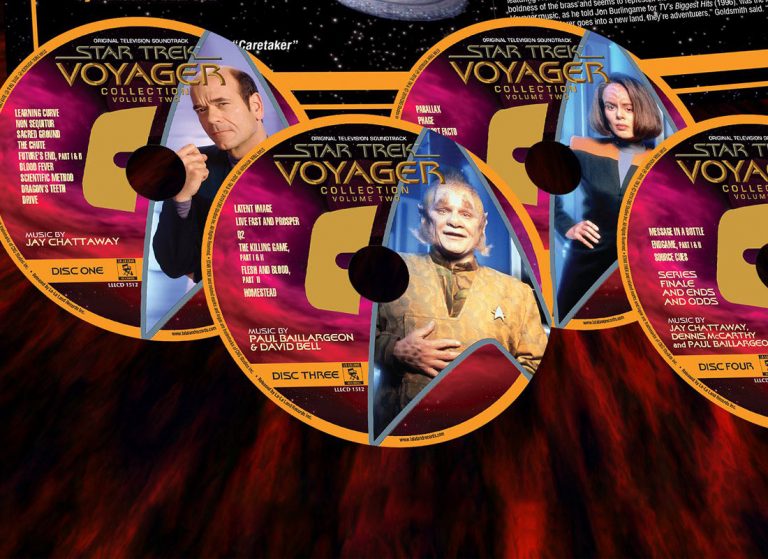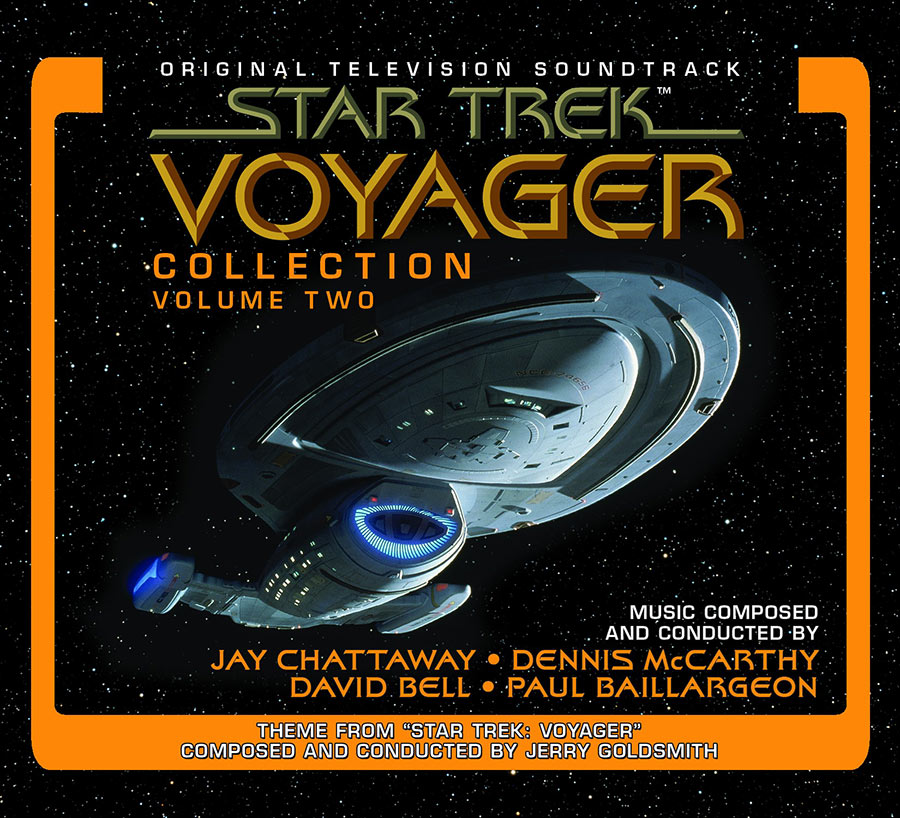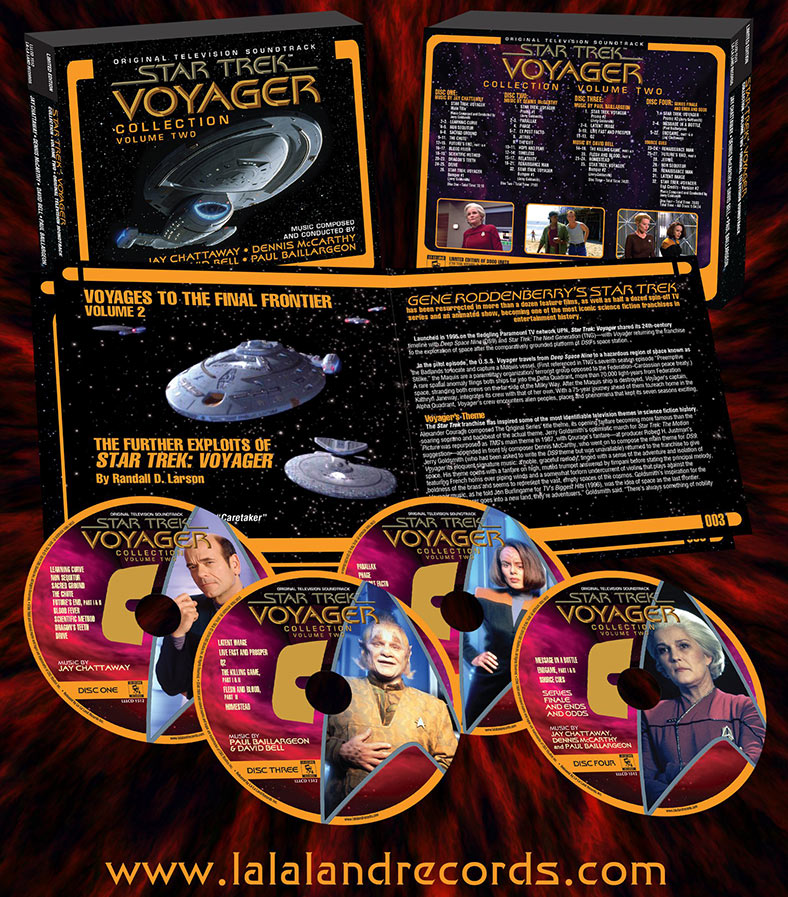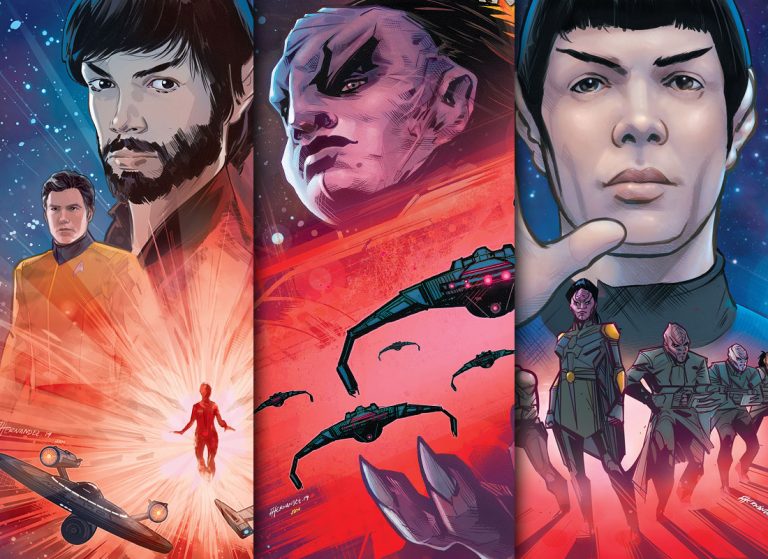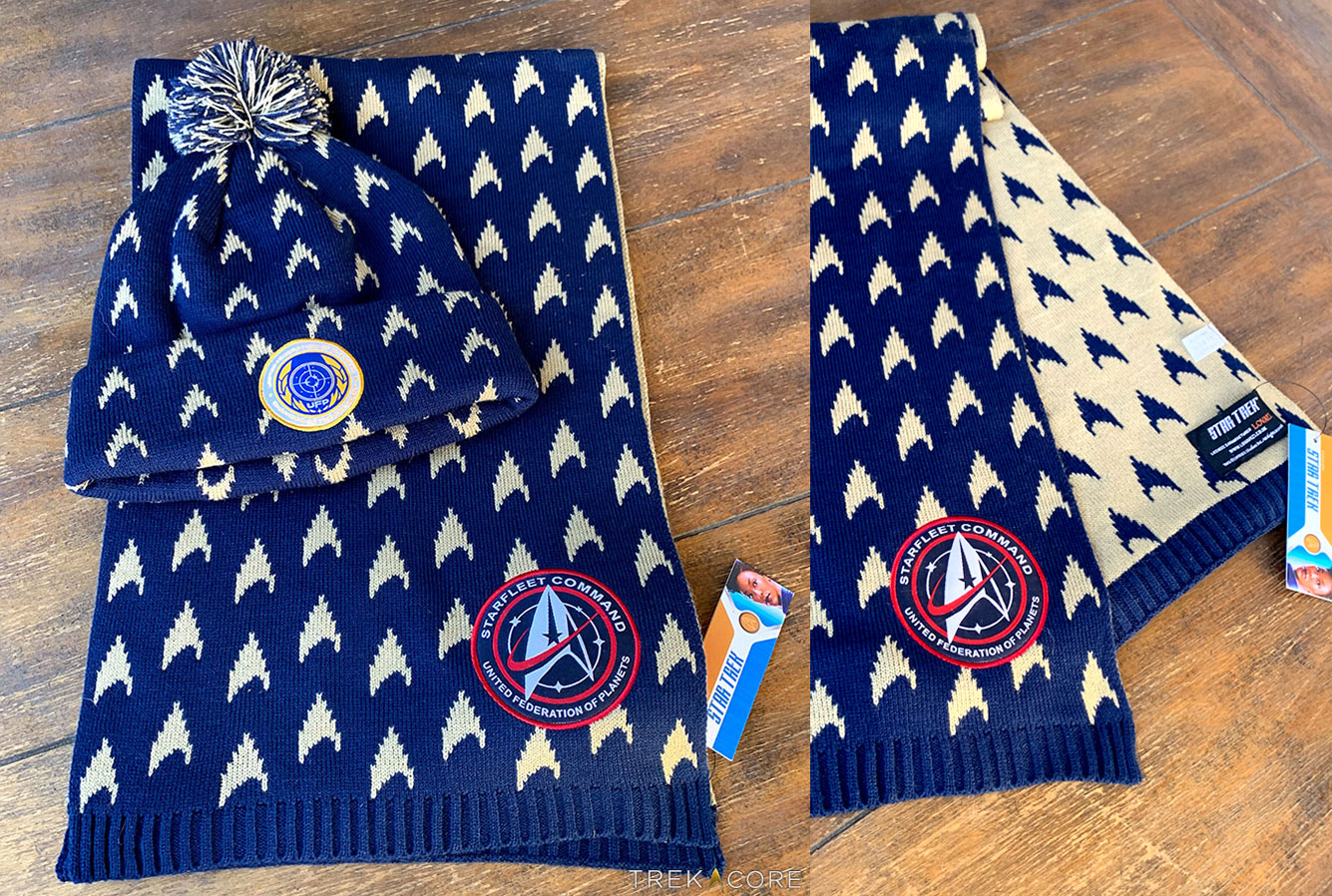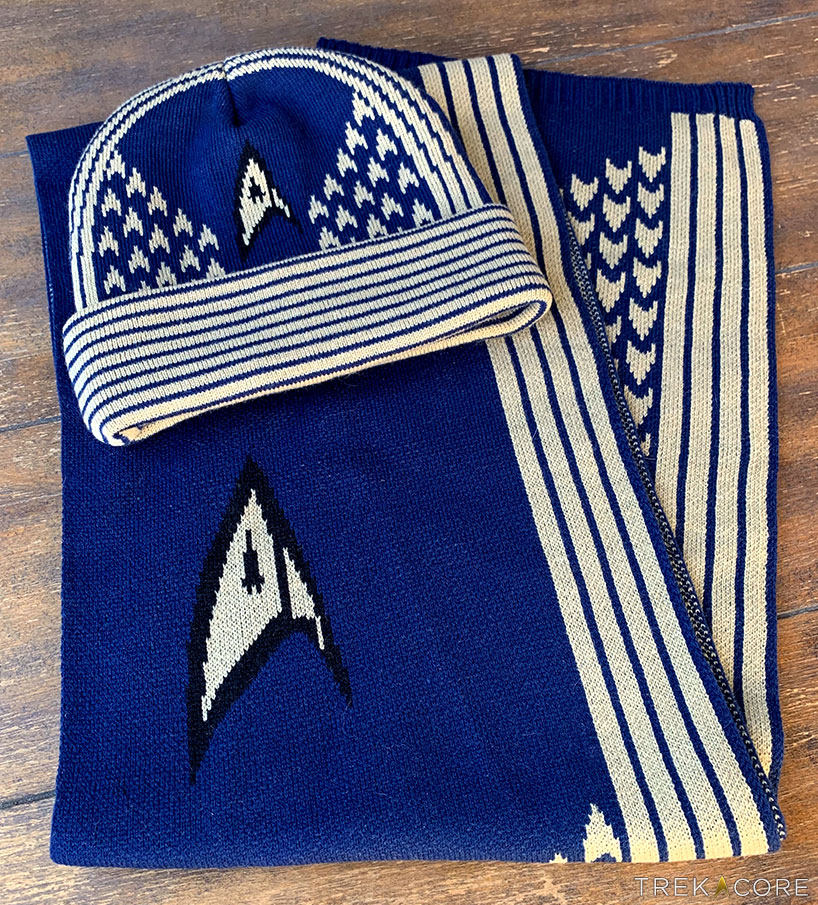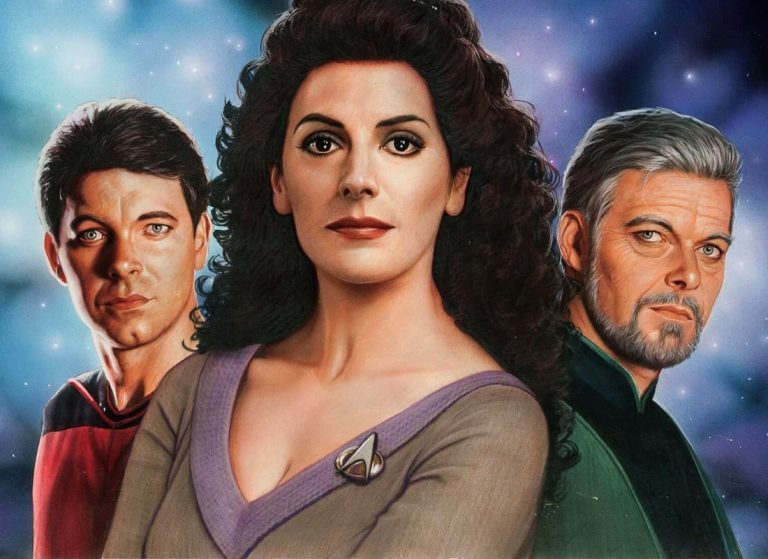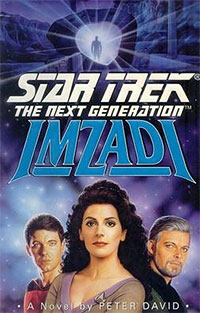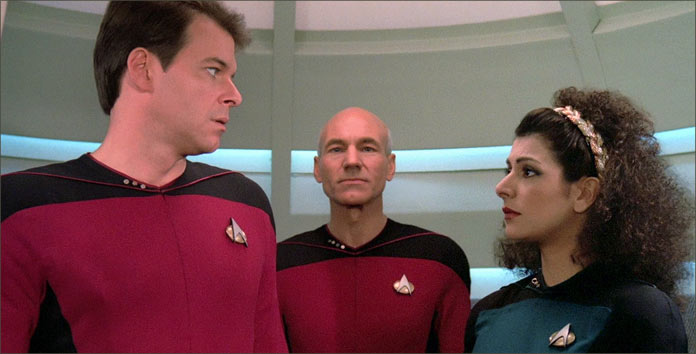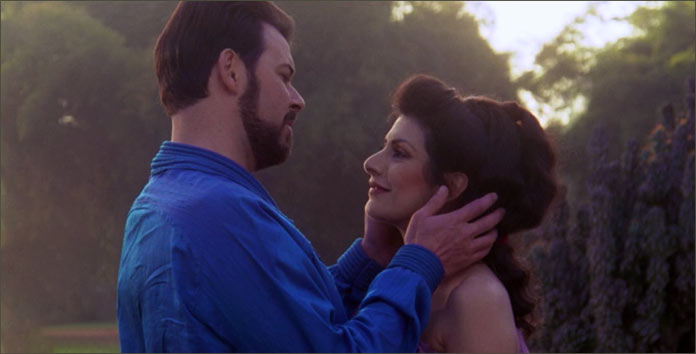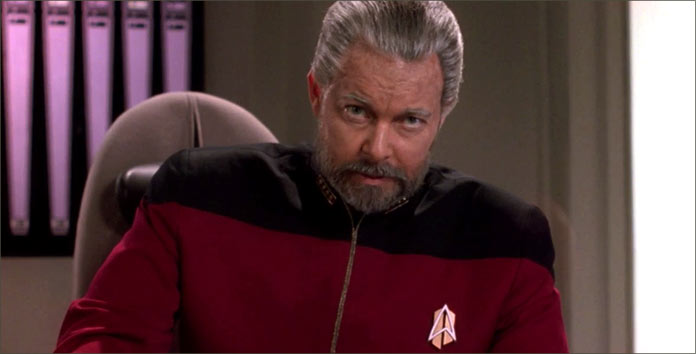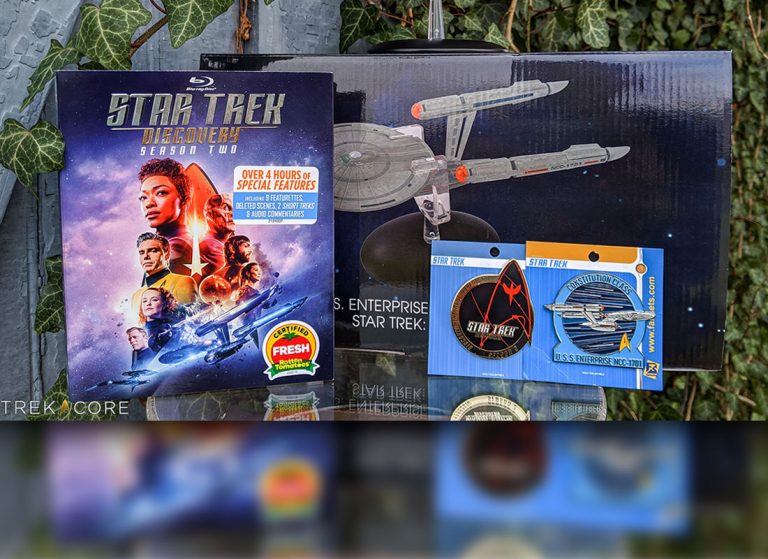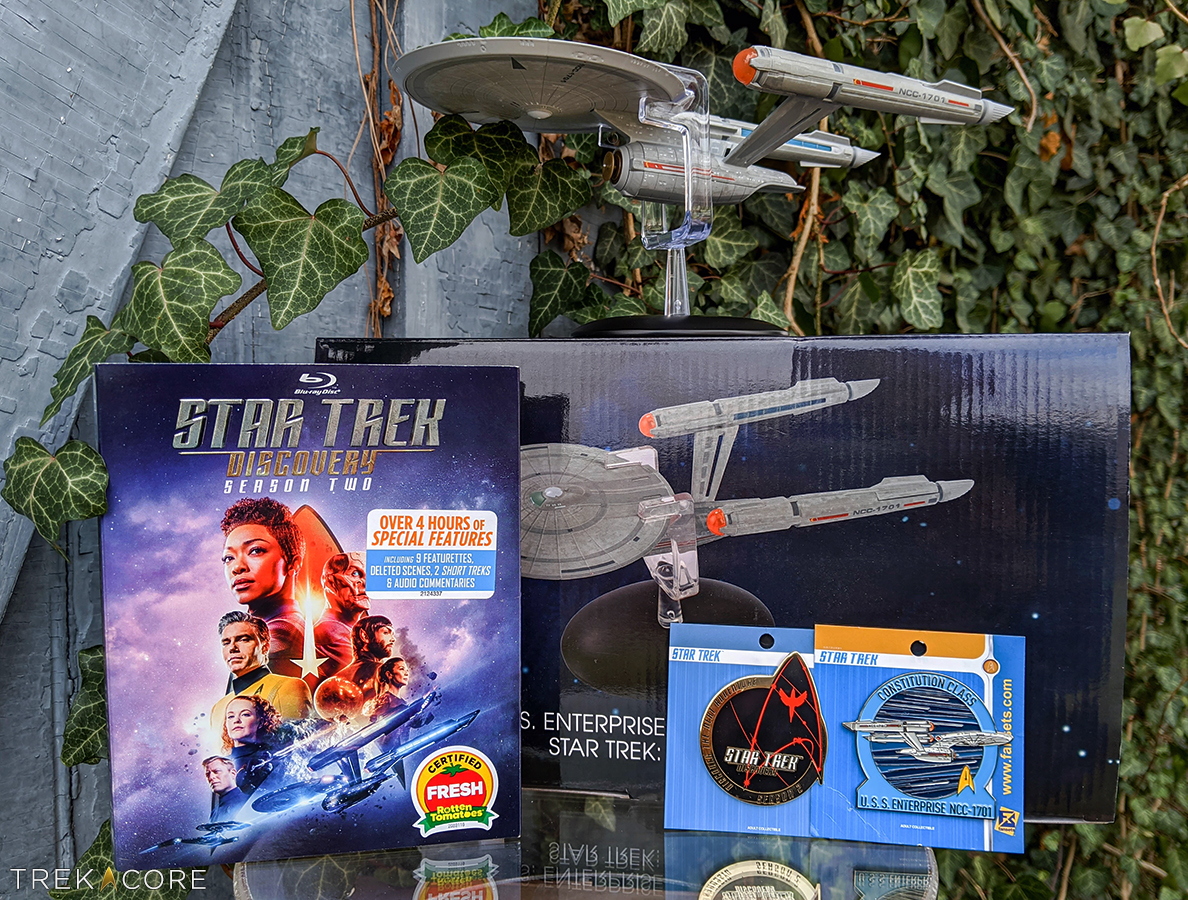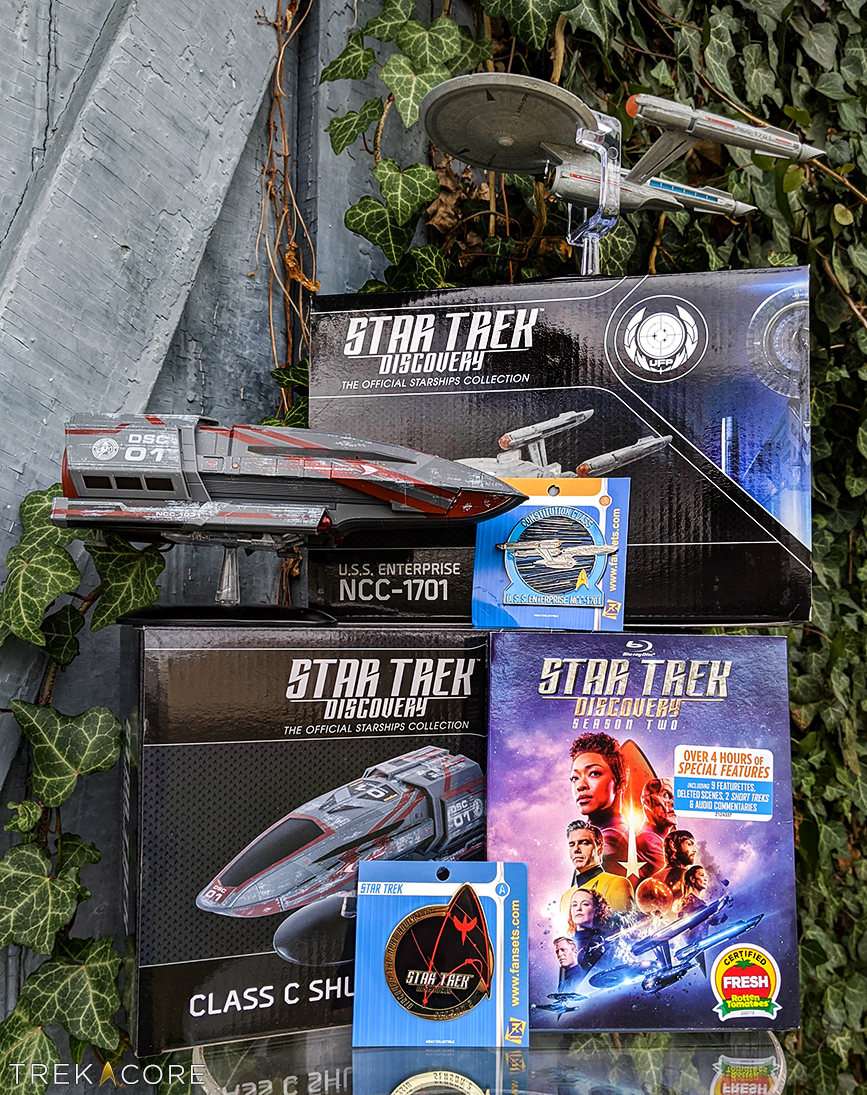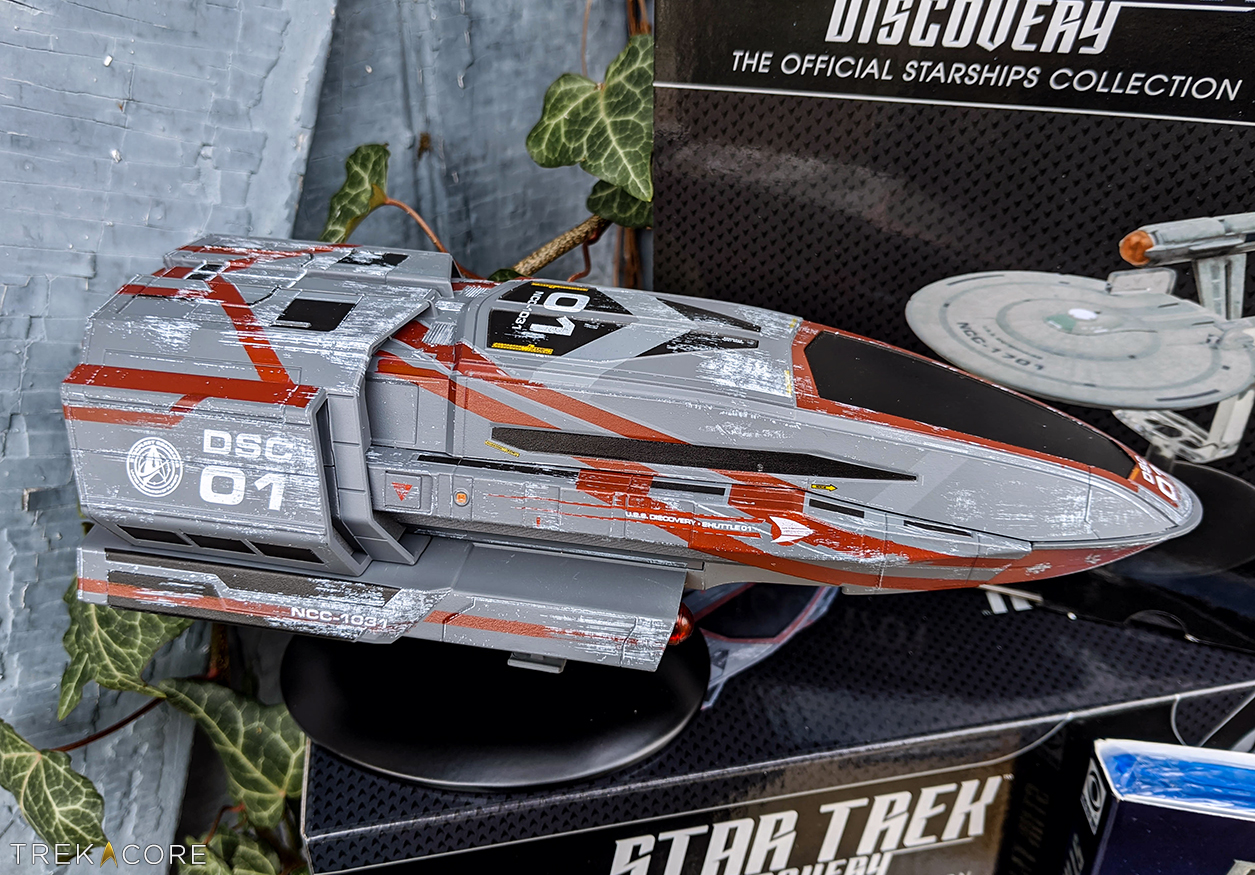IDW’s Star Trek: Discovery — Aftermath, the three-part micro-series that wrapped up this month, may be more akin to one of the inter-season Short Treks than an ongoing comic tale. While the Discovery crew is mentioned in the title, don’t expect to see the crew of the titular starship in this story; this time around we’re following the characters left behind after Discovery’s departure to the far future.
This series could have been called Discovery: Afterthoughts just as easily, but that’s not necessarily a criticism: much like the main television series has been doing well for several years now, this is a story of introspection more than exploration.
In the wake of the Discovery’s disappearance — or destruction, as the ‘official’ record states — we see through the eyes of key characters that the status quo of 23rd century may revert to old enmities without Saru, Burnham, and the Discovery herself helping to lead the charge for peace.
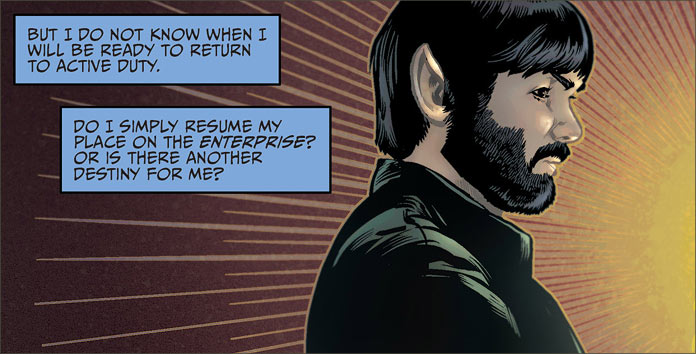
Though we jump around between a number of important players — L’Rell, Captain Pike, and even young Michael Burnham — each of their stories are threads picked up by Spock. As seen through the progression of different covers, the characters are all tied together into a larger point. Spock is the central player in this series, set in the months leading up to the relaunch of the Enterprise, and on the final cover makes his shaven reappearance in uniform.
Writers Kirsten Beyer and Mike Johnson are no strangers to telling stories of the 23rd century, respectively having been in the writers’ room and helming Star Trek comics for years. In this series, they play around greatly with the ideas of one’s nature, one’s upbringing, and one’s role and responsibilities.
We see L’Rell, beset on all sides by her citizens-slash-hostages as the Mother of the Empire. She constantly wars with the need to “go along to get along,” and the knowledge that Klingons fundamentally do not want peace. She declares to the Klingons before leaving Qo’nos that all negotiations, such as the one she’s attending, are to gather information about weak points within the Federation for the long game of the Klingon Empire. This flies in the face of other statements she’s made… but the game of houses is tricky, and so must she be.
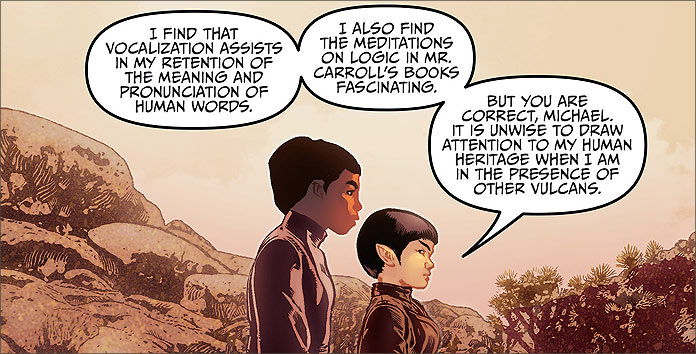
We see Captain Pike, putting himself in mortal and gastronomical danger. He knows that the mandate of the Federation is a moral-led expansion. He also sees the problems in that mandate as they frequently have made been rebuffed in their overtures that are seen as threats by the Klingons. In an exchange between Admiral Shallek and L’Rell, he begins to play the diplomat to only be cutoff by the Andorian: “I like her already.” The methods and manners of diverse cultures are used to great effect in Star Trek in general, but highlighted particularly well in this series.
Kor, a name of course familiar to Star Trek fans — and namesake of the House of Kor seen in Discovery’s first two seasons — is given a bit of a story in the series. By the end of this story arc, we do not know where his truest loyalties lie, but we are excitedly one step closer to some answers.
Finally… Spock. At the outset, Spock is holed up away from the Federation, away from his family, and away from his responsibilities. Hurt by the loss of his sister Michael, Spock is shown struggling with his loyalties. An ennui has crept into the character, and as we’ve seen before, the shield of logic is held like a security blanket.
This is exactly what we expect of the man-of-two-worlds, and there’s a very nice moment with the siblings as children when Michael tells Spock, “Don’t ever be ashamed of who you are.”

Through conversation with both his mother Amanda and Captain Pike, we see Spock come back to action as an observer. His mother’s forceful gifting of Michael’s copy of “Through the Looking-Glass” is a sweet moment for longtime fans. Again, dropping slight hints of humor along the way — with Spock simply “not getting it” — this series serves to humanize many of the characters in a way that cannot be done on screen without a lot of voiceovers.
Now sans Starfleet uniform and insignia Spock joins the Federation delegation. He seems to be a sort of conscientious objector-cum-advisor. Standing outside of the debate and negotiations proper, he is tapped by both sides to use his considerable acumen. L’Rell herself approaches Spock in one of the most interesting scenes in the series.
Spock constantly returns to his own thoughts, declaring that he shouldn’t be there. This is Michael’s victory, and it was Michael’s hope that fueled the moment. His presence in her absence seems to feel like a betrayal to Spock.
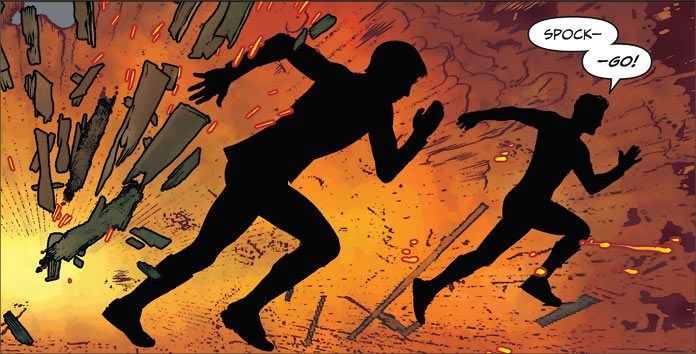
Shortly thereafter, there is a more obvious betrayal as “the Shadows of Kahless” attack the negotiations. The self-proclaimed new saviors of the Klingon Empire, they blast their way through the negotiations, injuring Kor, capturing L’Rell, and in the process narrowly avoid executing Spock and Pike.
As Spock flees from the scene, carrying his injured captain to safety, he realizes that he is “precisely where [he] needs to be.”
Through a few more interactions we see the themes of nature and role developed further. L’Rell is bringing more Klingon sensibility to the fight than those who thought her weak. She turns the betrayal by her own forces into a message about her willpower that will reverberate in legend, regardless of any other outcomes to her actions.
Pike is seen to be worrying about the future and the present in a way that only a time-crystal-struck Starfleet captain can. His role in all of this is larger than himself, and he leads Spock back to his own duties by simply modelling the behavior. Spock reflects in the final pages on his role, on the idea of duty, and the Star Trek principal that family is what you make of it, and who you choose to care for.
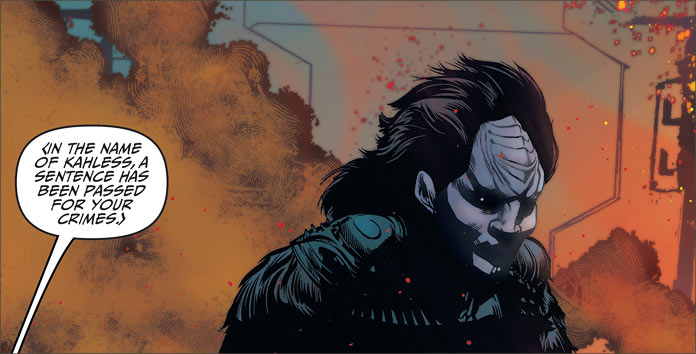
The art in these issues, from longtime IDW illustrator Tony Shasteen, is a bit problematic for me. As a comic shop manager and reviewer, I see a lot of different art styles used in a lot of different ways, and there’s not really a right or wrong style. Here, there’s a concerted effort to make the characters live as though they were on the screen, and not the page. Shasteen does an excellent job of making the emotive faces and stances of the characters match 1-to-1 with their screen presences.
Where I get taken out of the book is that sometimes the stance of a character or face positioning seems to float disproportionately within the greater panel. Characters’ faces seem to point a different direction than their head, or the dimensions of their body are exaggerated in an odd way. This perfectly serves the emotion, but breaks up the action and art — perhaps leaning a bit too hard on promotional photography for image inspiration in some spots.
The backgrounds in the panels are usually just that, background. There are some notable uses of reflections and shadow that breakup the art into more enjoyable chunks. Sometimes, though, the internal consistency is lacking.
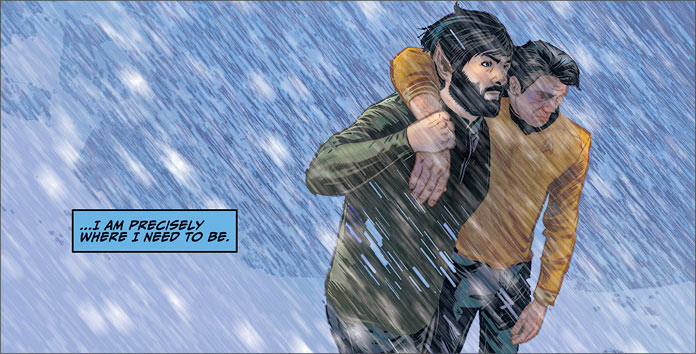
For instance, there are a few panels showing Pike at a rough-hewn wooden table. Klingon shadows laugh in the background, he’s clapped on the shoulder for his steely stomach, and it has the overall feel of a tavern or Klingon mess. Sitting at the same table on the next page the only thing that has followed over is the coloring. The background is now lit from outside, the table is flat and smooth.
The entire scene now feels more ‘sci-fi clean’ than atmospheric. Admiral Shallek is calling the broader negotiations back to order, and the scene feels appropriately Starfleet-y.
Huge accolades go to Neil Uyetake’s lettering in this series. Unlike many of the mainstream comics today, every third word is not put in bold. The placement of thoughts and dialog remains a consistent delight.
My overall impressions of this series are mixed, with a lot of aching for more information about the fate of the Discovery herself — but we’ll have to wait for the series return in 2020 for more on their story. These three books, however, are a fine example of what can be done in the spaces between a larger story, and the Vulcan of two minds, Spock, provides a great vehicle for wrapping up many threads in the 23rd Century.
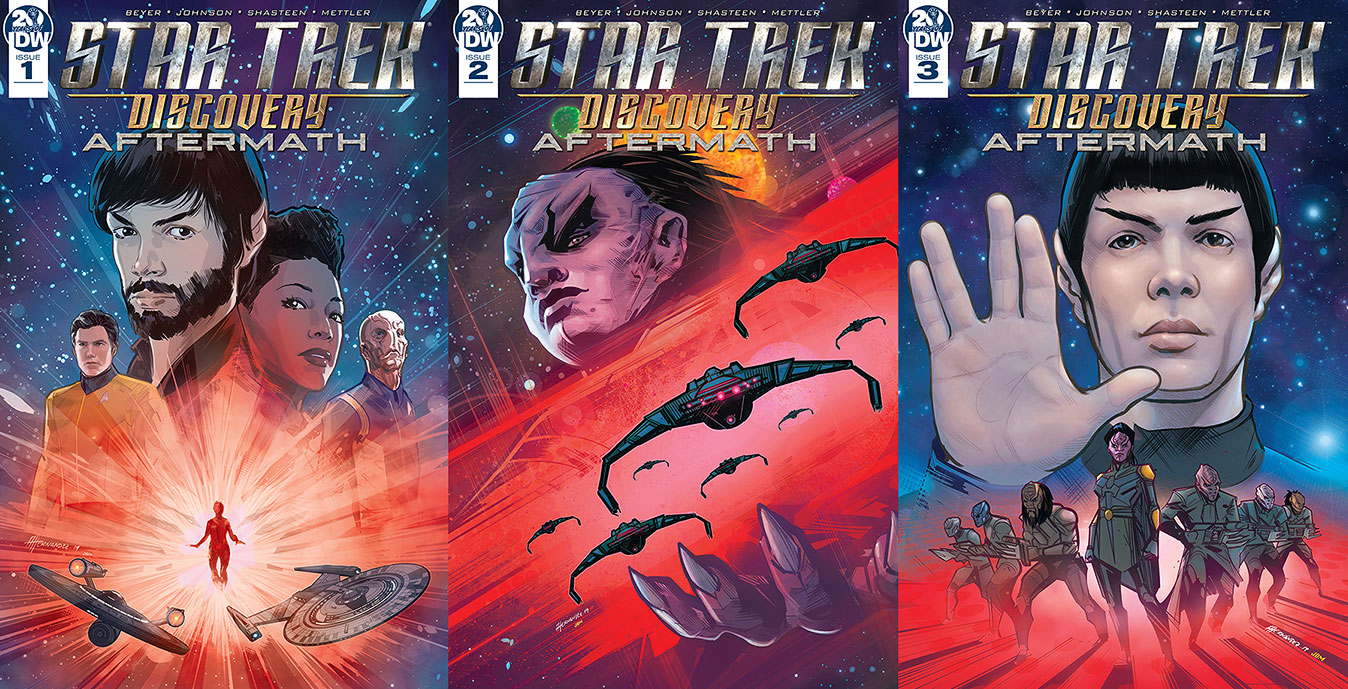 Calling again to the Short Treks format, this series seems right at home in any Discovery fan’s collection — individual issues are out now, and the trade collection of Star Trek: Discovery — Aftermath arrives in April.
Calling again to the Short Treks format, this series seems right at home in any Discovery fan’s collection — individual issues are out now, and the trade collection of Star Trek: Discovery — Aftermath arrives in April.
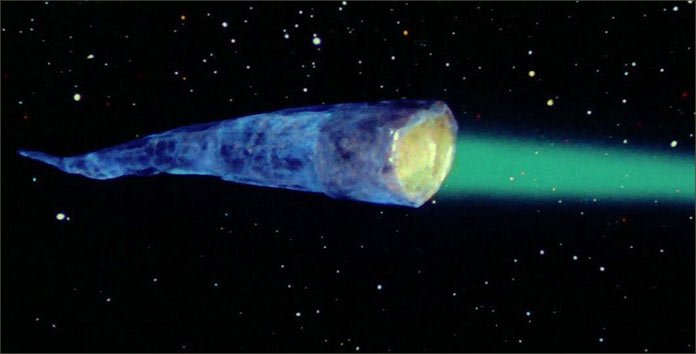

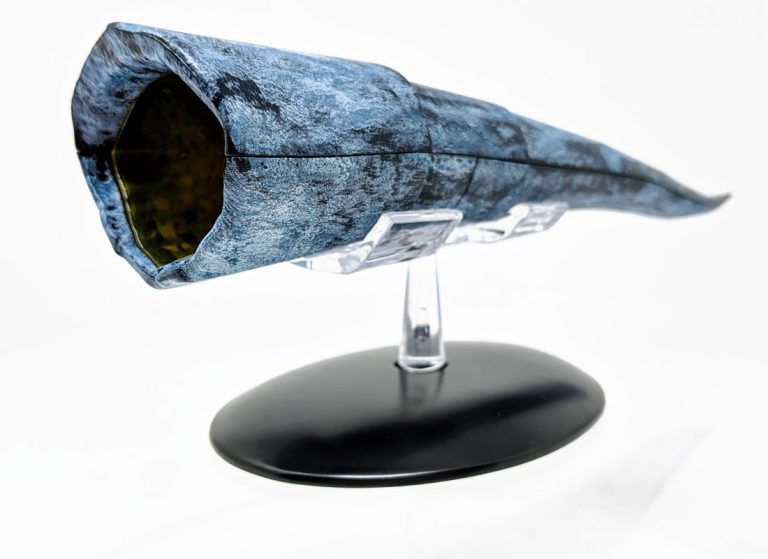
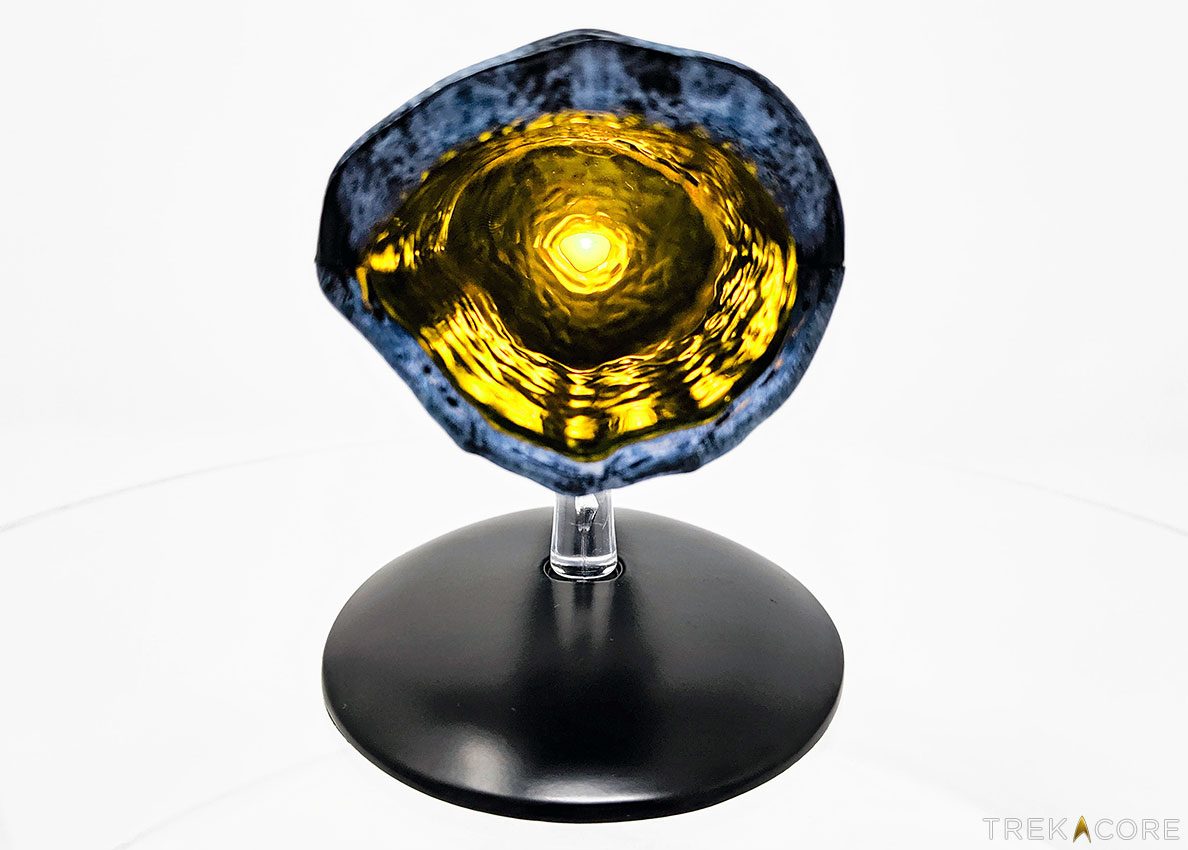
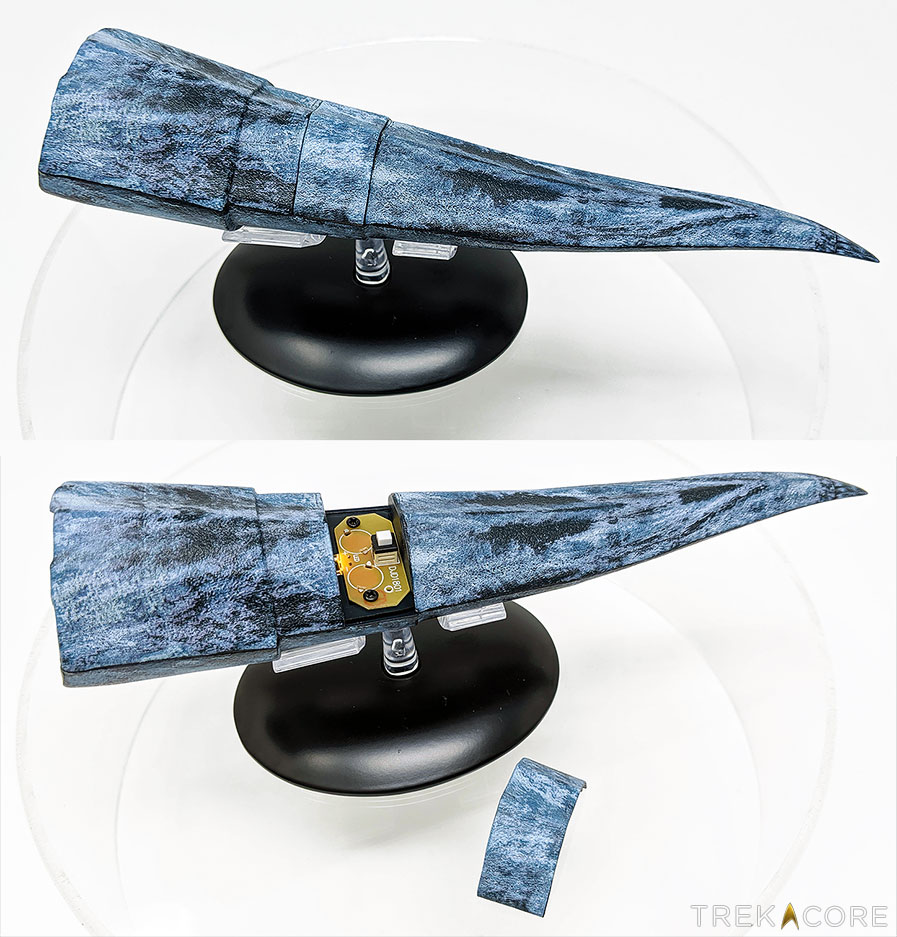
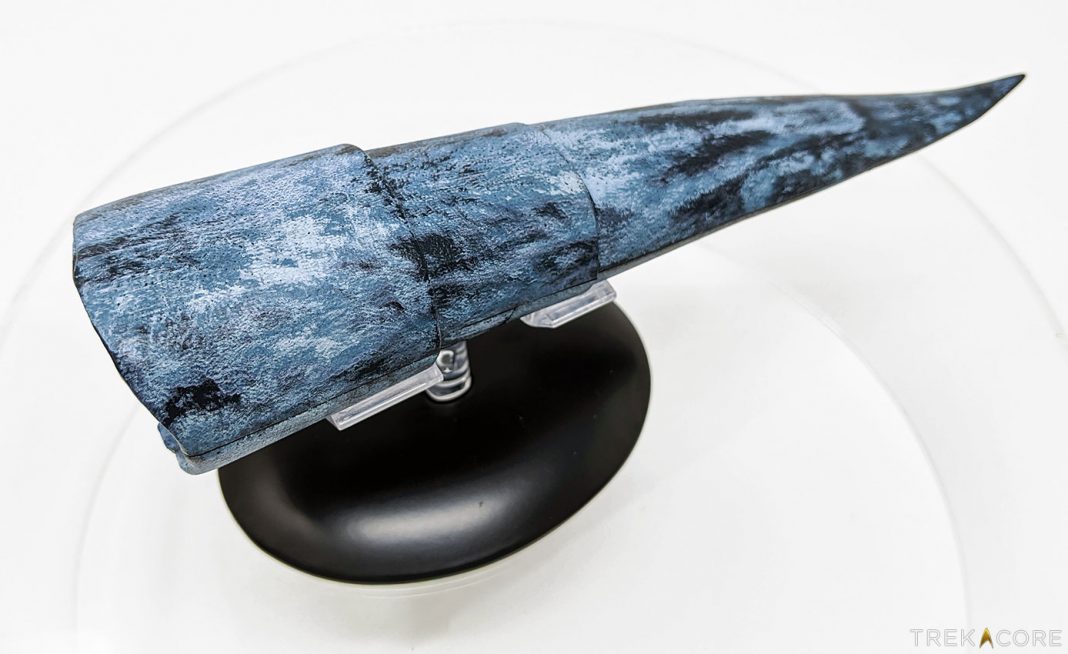
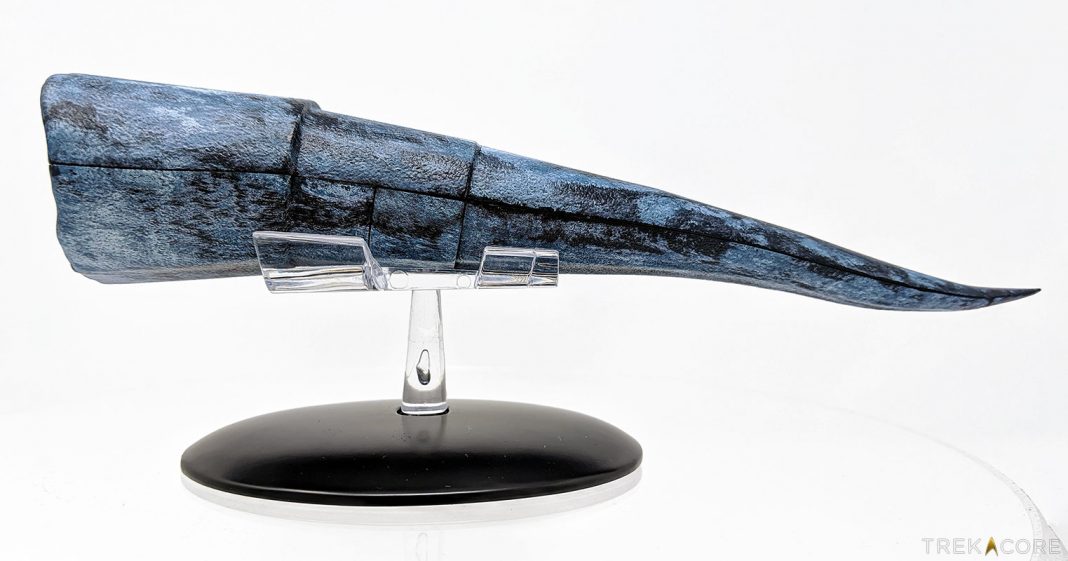
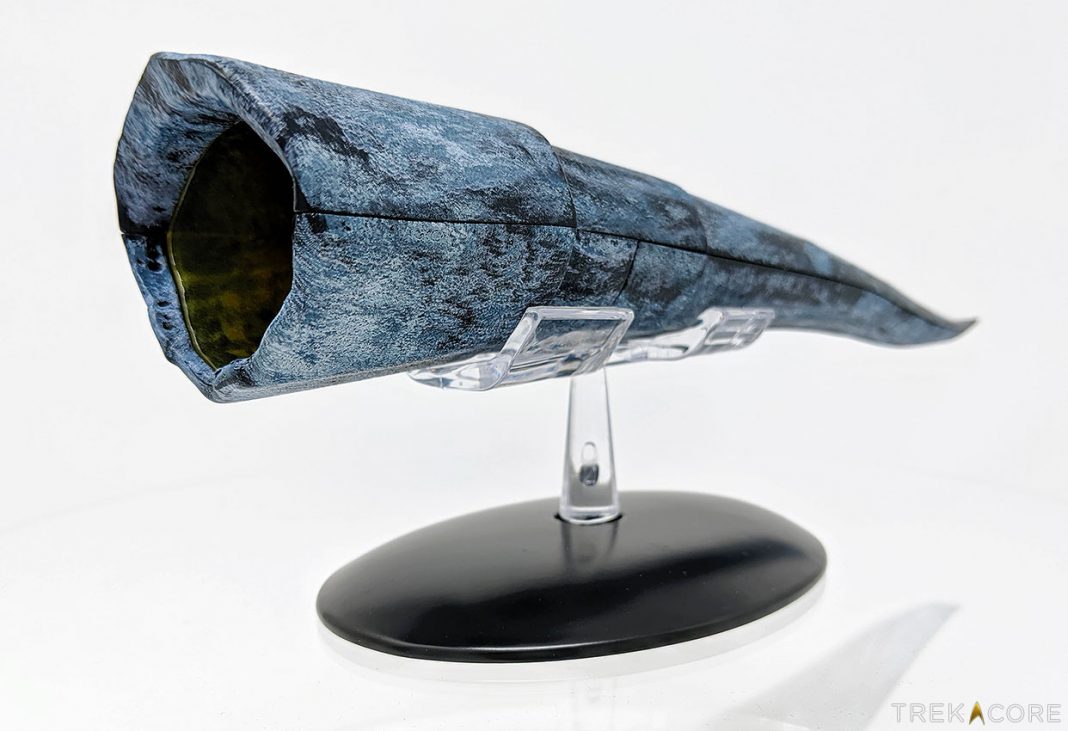
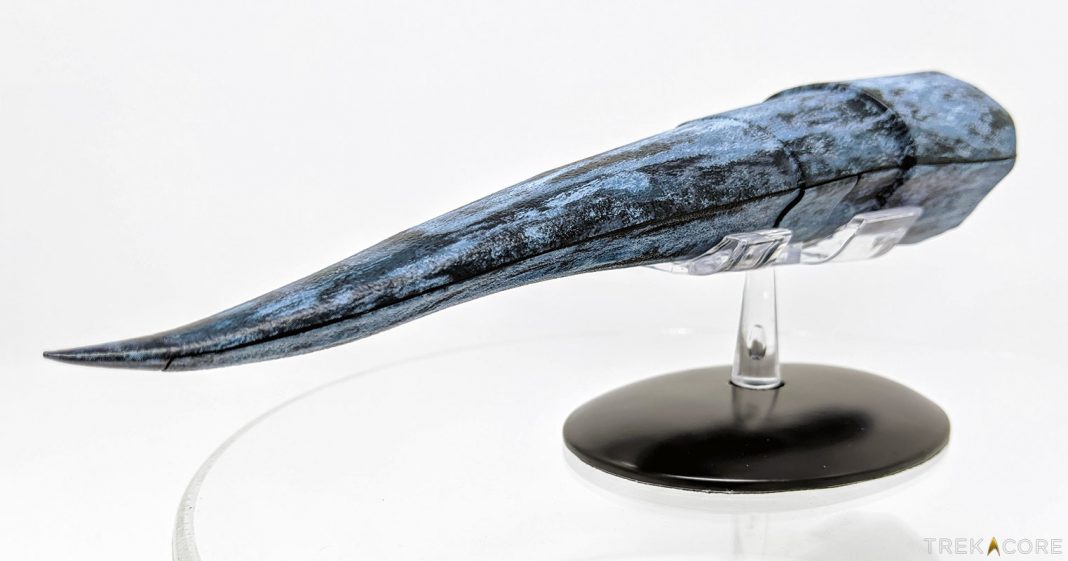
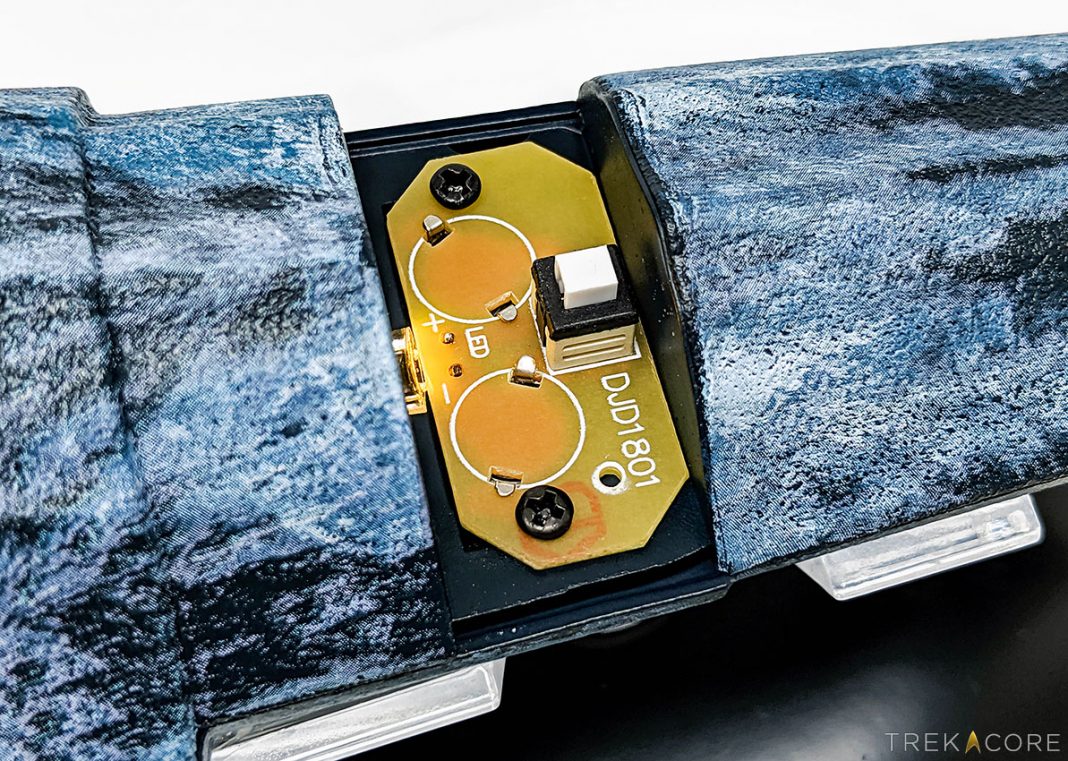
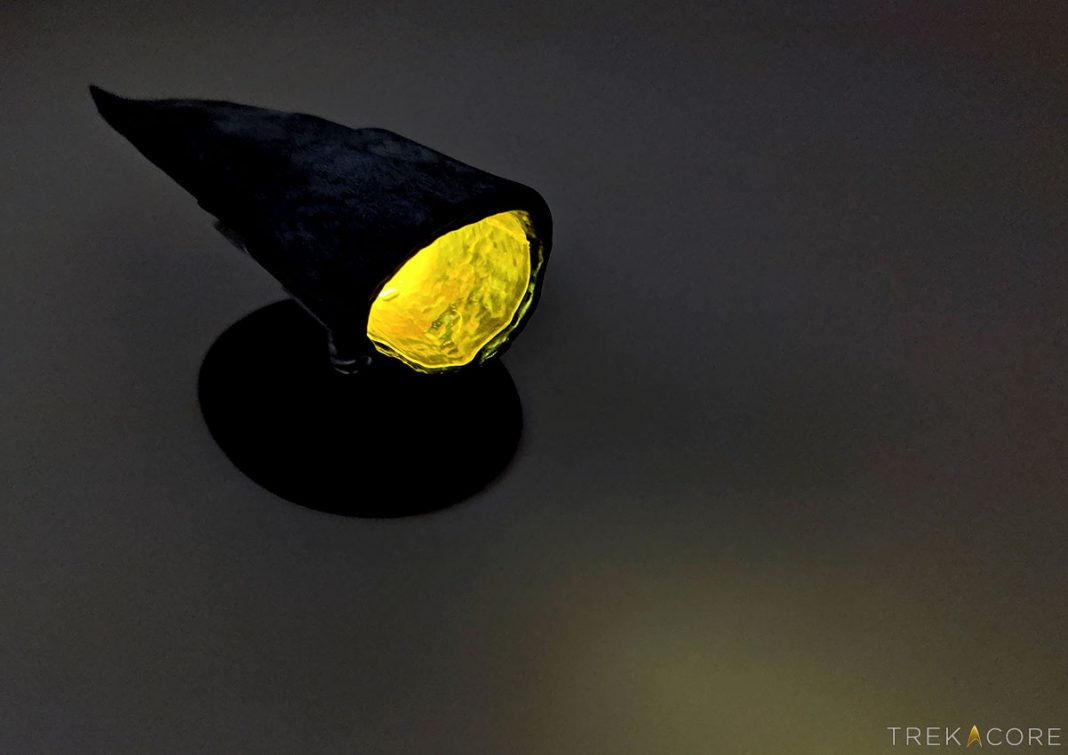
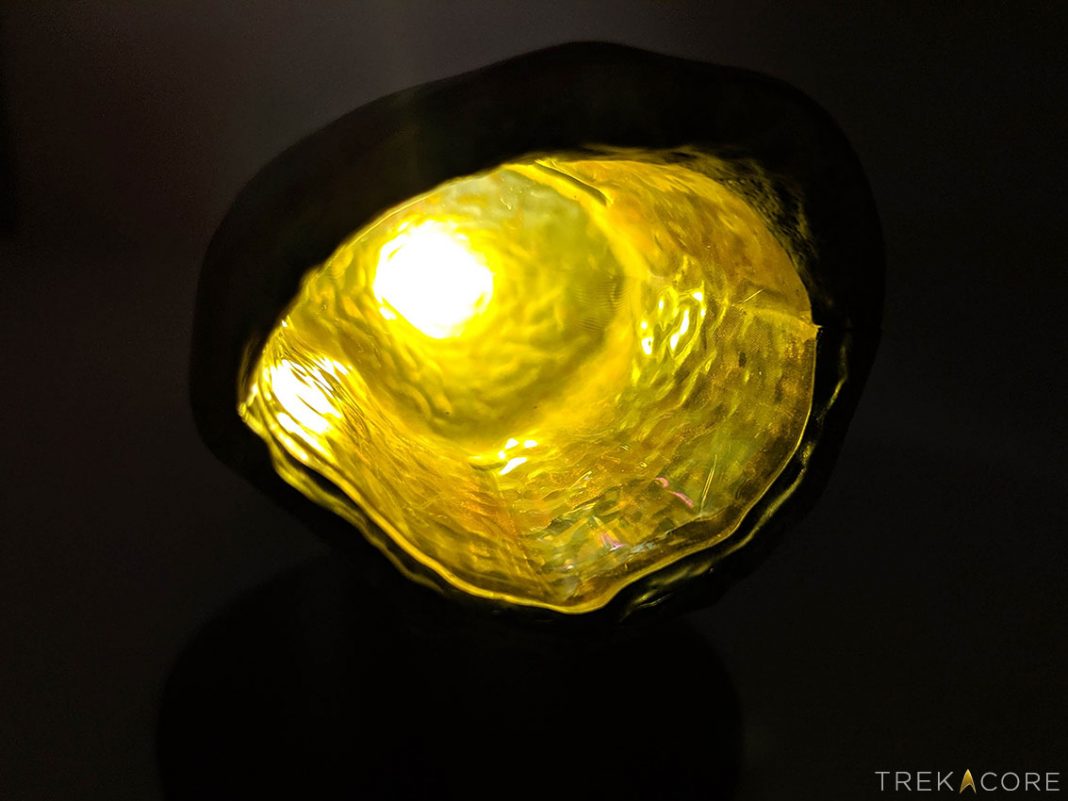
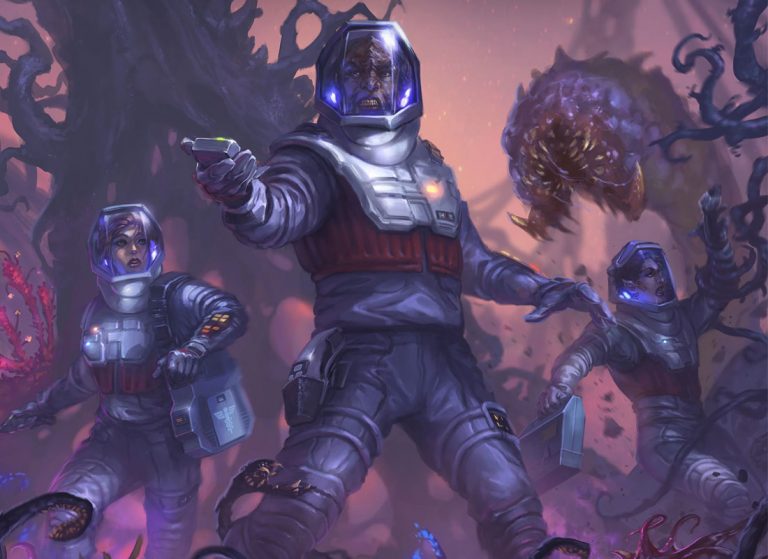
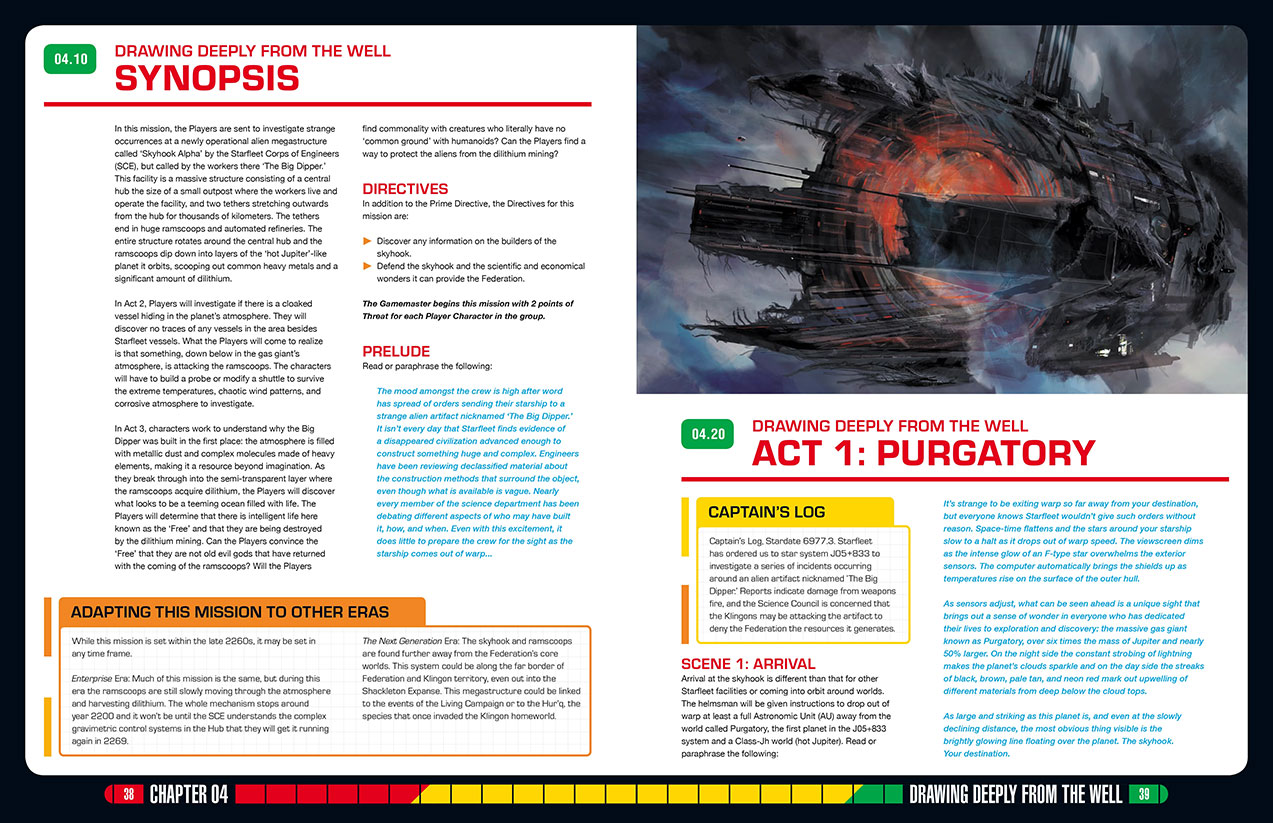
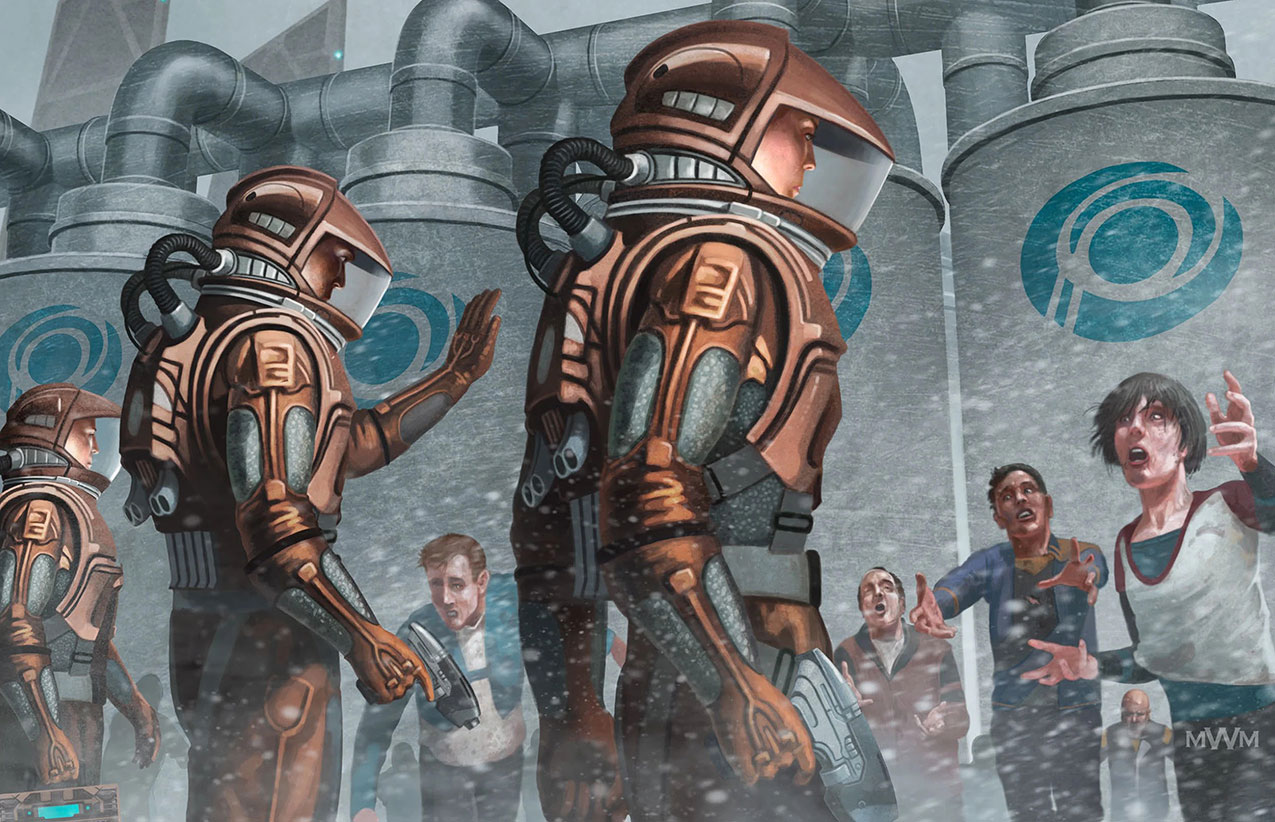
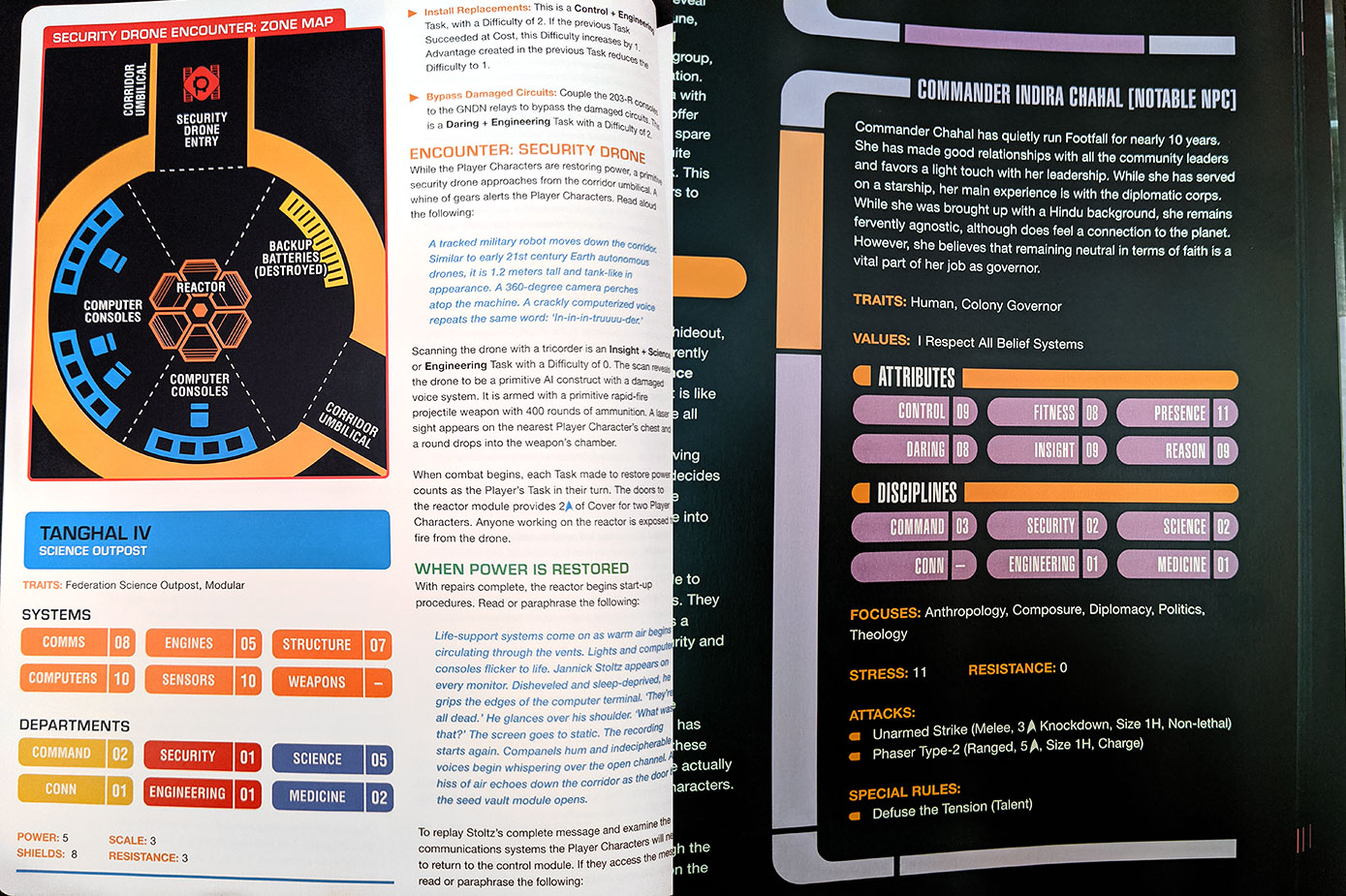
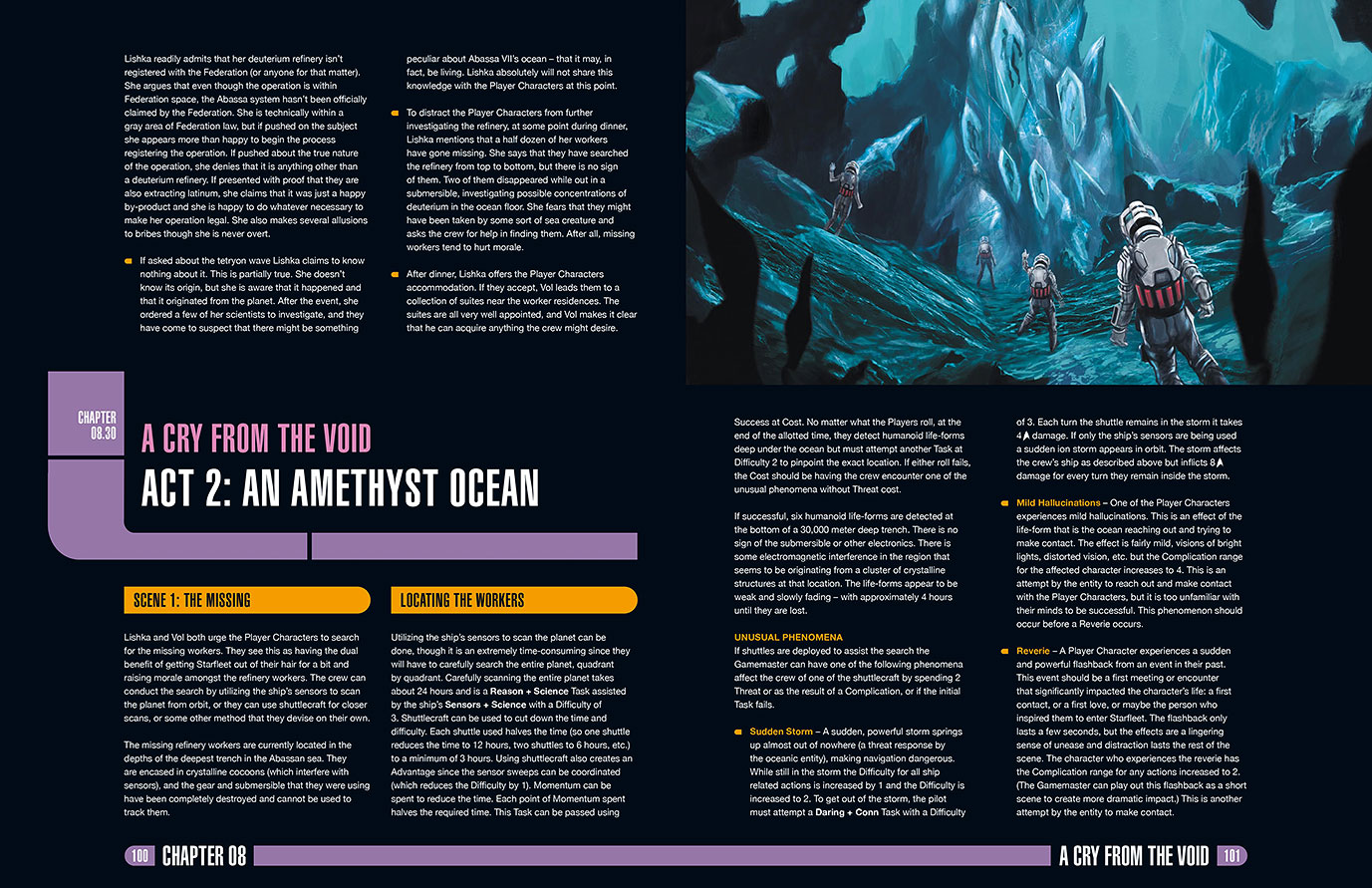
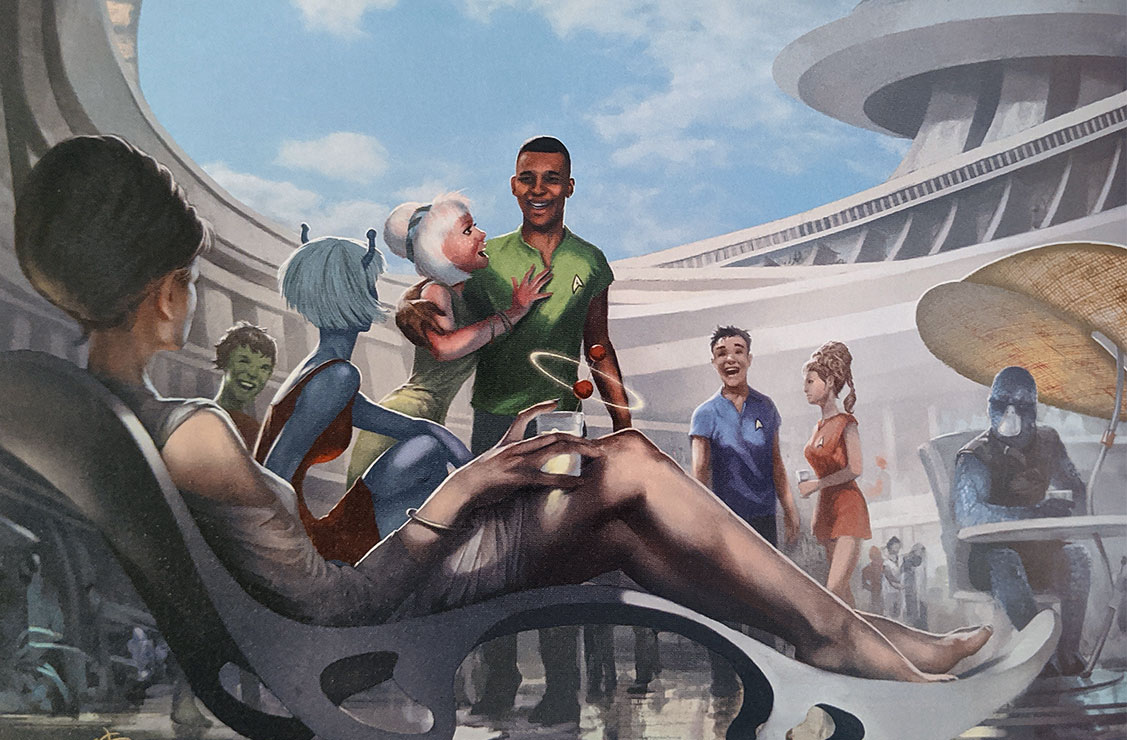
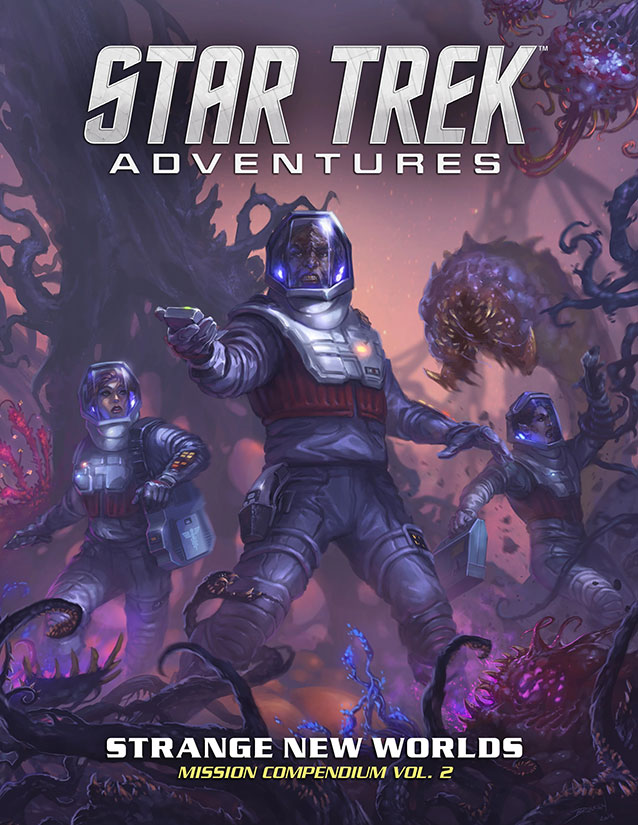
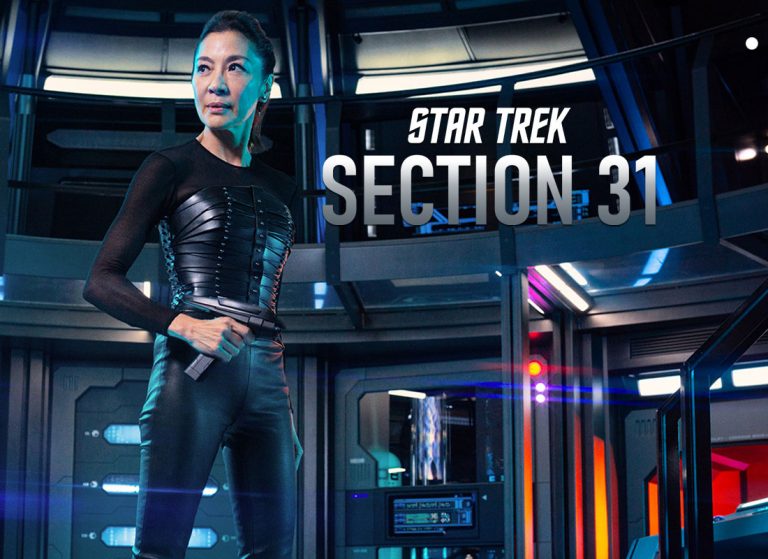
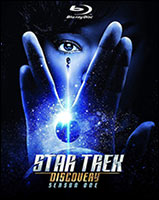 Star Trek: DiscoverySeason 1 Blu-ray
Star Trek: DiscoverySeason 1 Blu-ray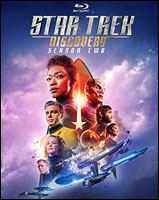 Star Trek: DiscoverySeason 2 Blu-ray
Star Trek: DiscoverySeason 2 Blu-ray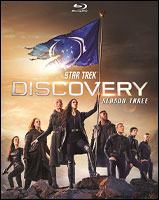 Star Trek: DiscoverySeason 3 Blu-ray
Star Trek: DiscoverySeason 3 Blu-ray